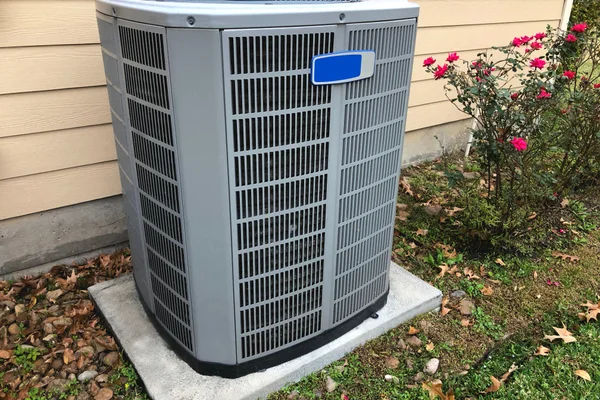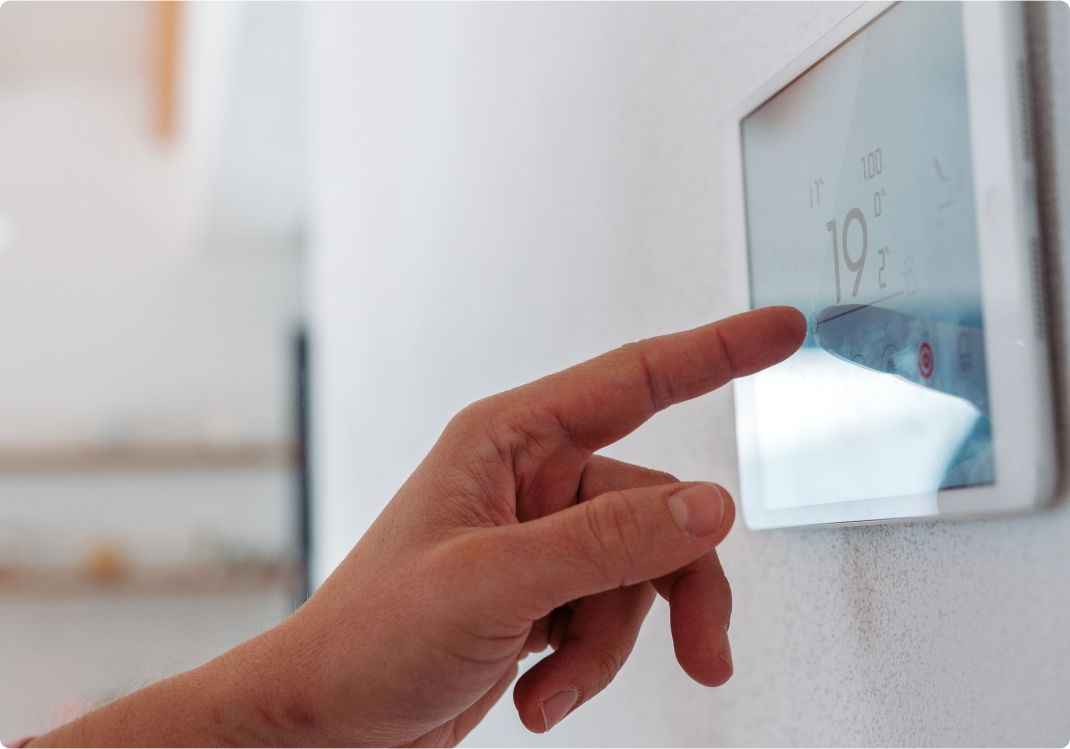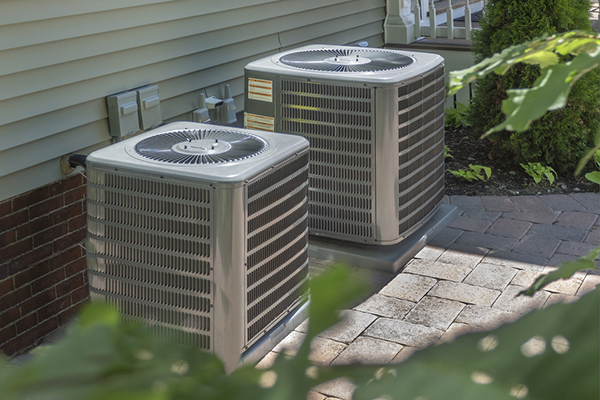Summer is the time of year when your air conditioning unit has to work the hardest to cool your home. On hot days you may notice water droplets forming on your visible air ducts and wonder whether this is normal. What you see is condensation, also known as ductwork sweating. It does not necessarily mean that your A/C system is in trouble, but it may still be something that requires your attention.
What causes duct condensation?
As the humidity level rises outdoors, condensation will gradually begin to form on the surface of your air conditioning ducts. The colder the air is inside the duct, the greater the chance of ductwork sweating. It’s a natural process, and similar to the way a chilled soda begins to sweat once you take it out of the refrigerator on a hot day.
However, ductwork sweating can also be caused — or exacerbated — by the following factors:
- Poor insulation.
- Excessive moisture in the air.
- Dirty air filters.
- Blocked ducts.
In come cases, duct condensation can be a sign of a duct leaking air, which reduces your A/C unit's efficiency. If you own an older home or your ductwork is not properly maintained, ductwork sweating is more likely to become an issue as both the temperature and humidity levels rise.
When should I worry about condensation on A/C ducts?
Occasional condensation on A/C ducts is not a problem, but keeping an eye on the situation is recommended. Persistent ductwork sweating may eventually lead to water damage. Excessive condensation can also create conditions favorable to mold or mildew forming in areas surrounding the duct itself. Individuals suffering from asthma and allergies may experience more severe symptoms should mold and mildew establish themselves and then spread to other parts of your home.





